About US
Our Story: From a Realization to a Mission
777Toys was born from an unexpected place—a prison cell. When our founder, Avi Meir Zaslavsky, found himself behind bars, he saw a heartbreaking truth: many fellow inmates had children left behind, innocent kids carrying the weight of their parents’ mistakes. They didn’t deserve loneliness; they deserved joy, love, and the simple magic of play.
What started as a mission to bring toys to the children of incarcerated parents soon grew into something bigger. Avi realized that so many children—those in foster care, hospitals, struggling families, and those with special needs—also lacked access to play. Childhood should be filled with wonder, not worry.
And so, 777Toys became more than a charity—it became a movement. A movement to ensure that every child, no matter their circumstances, gets to experience the power of play, the warmth of a gift, and the comfort of knowing someone cares.
Challenges Faced by the Children We Serve
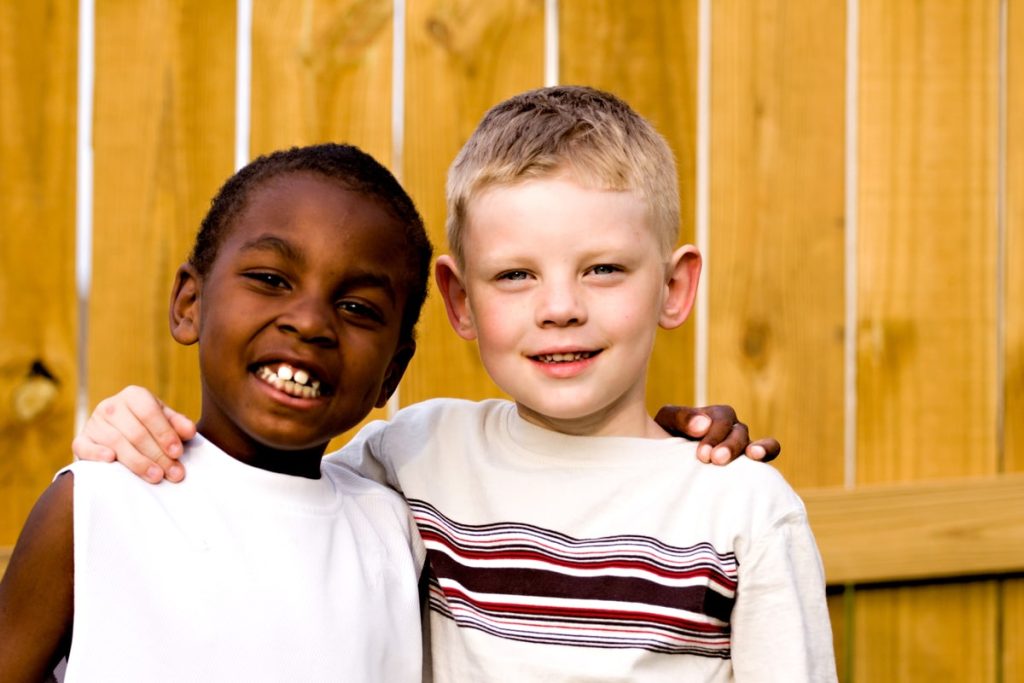
Millions of children live in orphanages worldwide, facing instability and the loss of personal belongings, including toys. They are also at higher risk of physical, emotional, and cognitive challenges
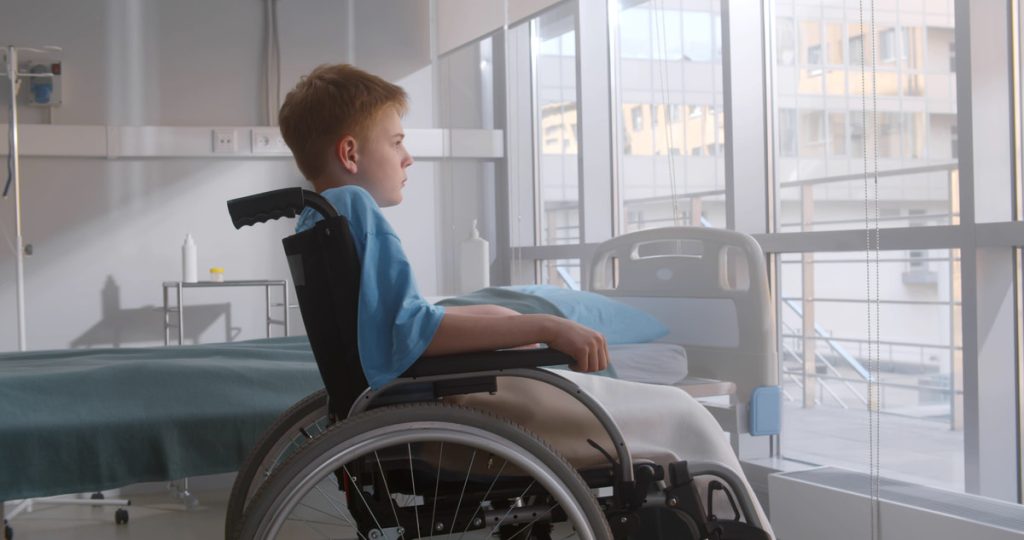
Millions of children undergo long-term hospital treatments, facing isolation and anxiety. Play reduces stress and aids in their recovery.
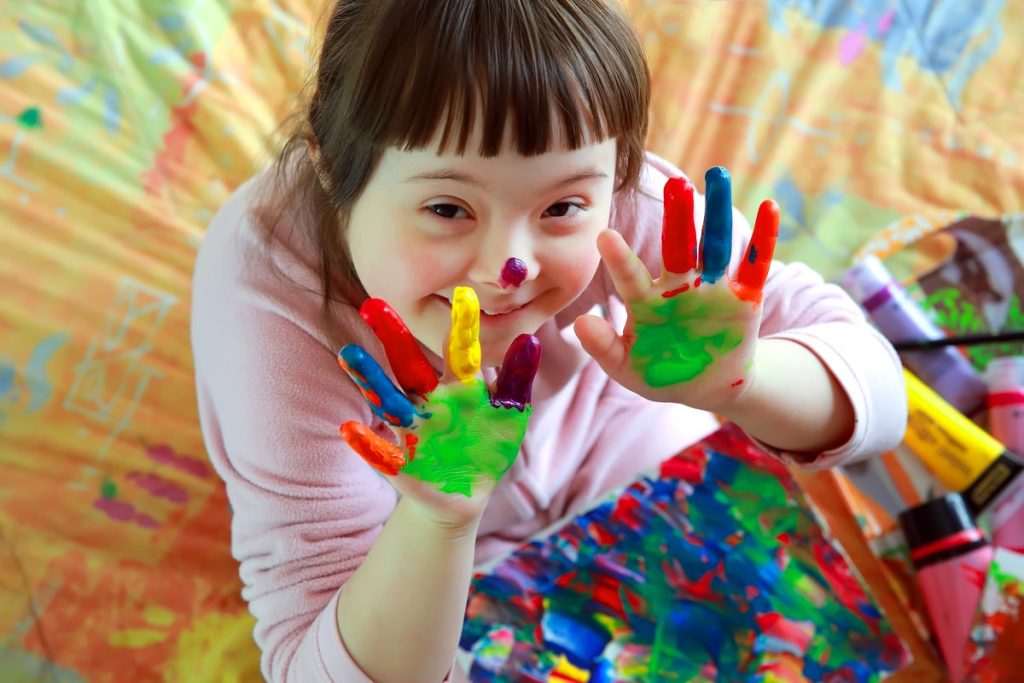
1 in 100 children worldwide has autism. Sensory-friendly toys are essential for their development and well-being.
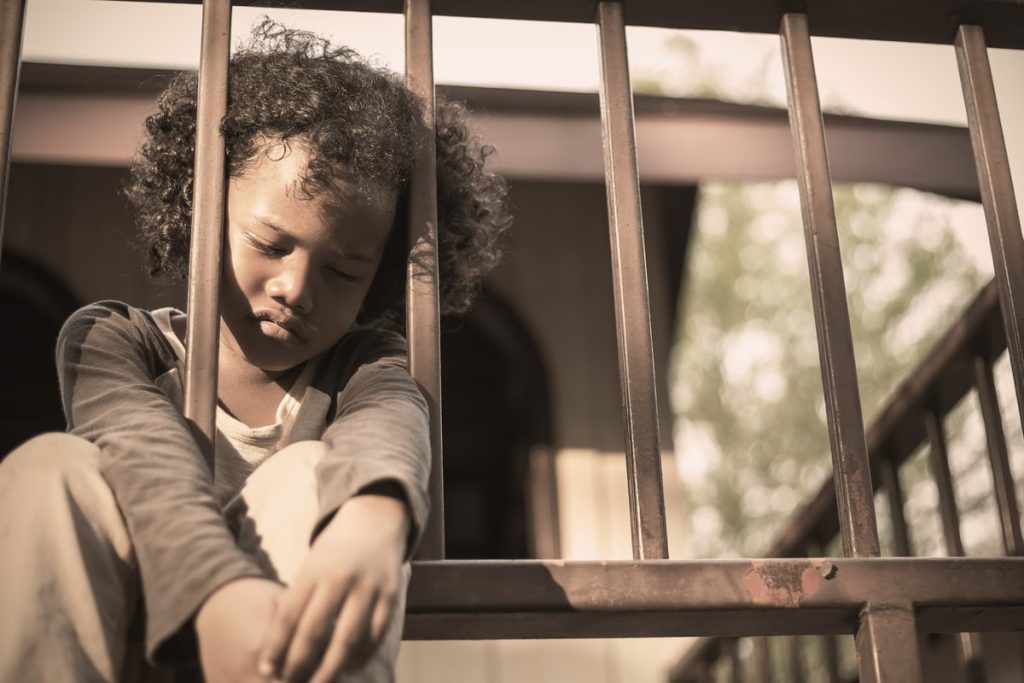
22M+ children worldwide have an incarcerated parent, facing emotional distress, stigma, and financial hardship. In the U.S., 58.4% struggle in school compared to 34% of their peers
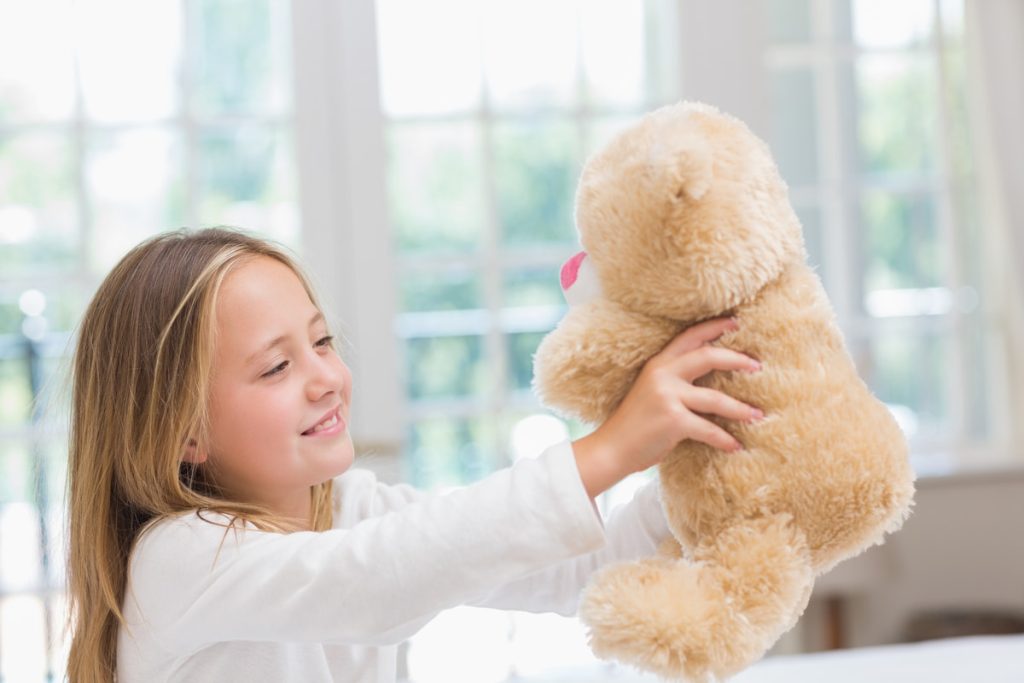
Our Mission![]()
At 777Toys, we believe that every child deserves a joyful, playful childhood—one that transcends their circumstances. For us, toys are more than just objects; they are tools of transformation, offering children a chance to escape hardship, ignite their imagination, and feel loved.
Our Core Values

EVERY CHILD DESERVES JOY![]()
Play is a right, not a privilege. Yet, millions of children grow up
without toys or moments of happiness.
✔ We bring comfort and joy to kids in need.
✔ We create memorable experiences that make them feel valued.
✔ We ensure no child is forgotten.
A toy is more than a gift—it’s a moment of hope.
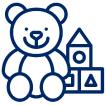
INCLUSION & ACCESSIBILITY![]()
Many children—those with disabilities, in orphanages, hospitals, or poverty — have no access to play.
✔ We provide inclusive toys for every child’s needs.
✔ We reach kids often overlooked in society.
✔ We create safe spaces where every child can just be a child.
Play should be for everyone.

PLAY AS TRANSFORMATION![]()
A toy can heal, teach, and inspire.
It’s a source of comfort, creativity, and connection.
✔ Play helps children express emotions and build confidence.
✔ We provide toys that encourage learning and imagination.
✔ We bring hope through play, one toy at a time.
Because play changes lives.

COMMUNITY & CONNECTION![]()
We can’t do this alone.
Together, we bring play to those who need it most.
✔ We work with partners, donors, and volunteers.
✔ We connect children with support and resources.
✔ We build a global movement for play.
One toy can bring a smile. Together, we bring joy.

TRANSPARENCY & RESPONSIBILITY![]()
Every toy, every dollar, every partnership directly impacts a child in need.
✔ We ensure donations reach the right children.
✔ We uphold honesty and accountability.
✔ We measure impact to keep making a difference.
Giving with trust. Changing lives with integrity.
